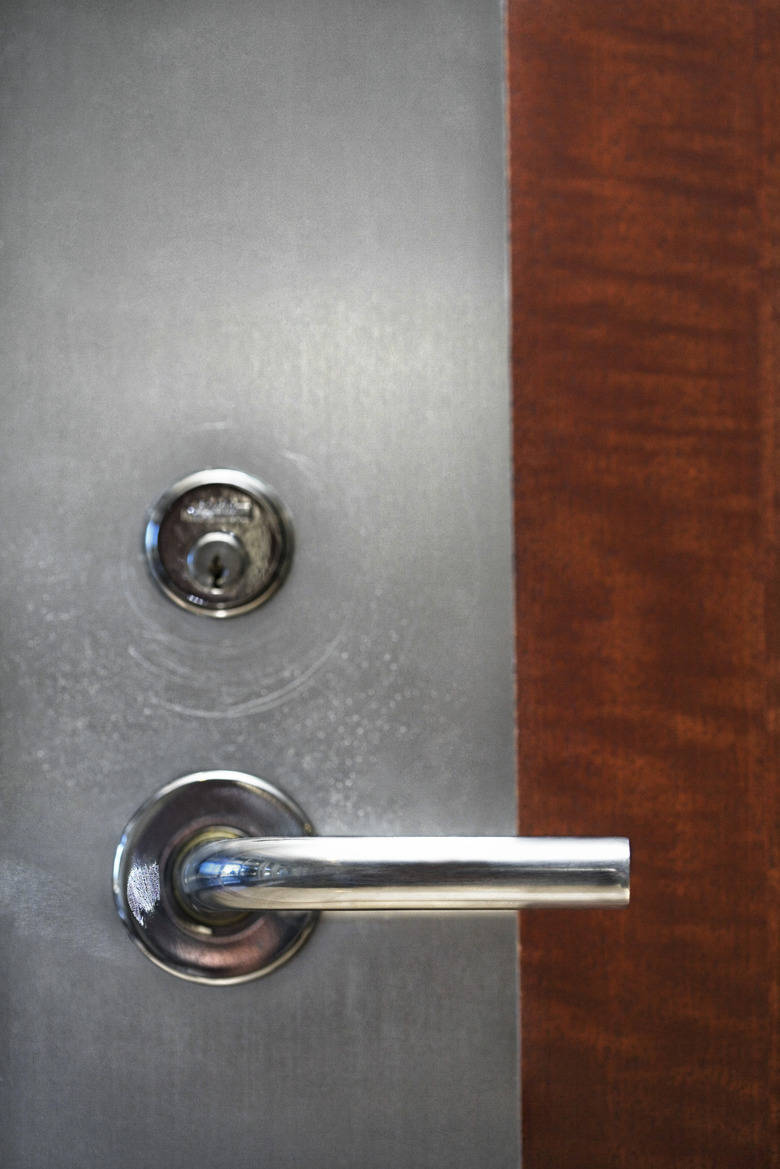Mechanical Disadvantages Of A Lever System
The lever is one of the fundamental simple machines of mechanics, along with the inclined plane, wheel and axle, screw wedge and pulley, according to the University of Houston's Simple Machines Learning Site. People use levers in everything from throwing a ball to a seesaw. While the many advantages of levers are well known, the system has several disadvantages as well.
Types of Levers
Types of Levers
At its most basic, a lever is a straight, rigid object that pivots on a fulcrum to ease lifting by using a small force applied over a large distance. There are three types of levers. Type 1 is a rigid bar with the fulcrum centered like a seesaw. A Type 2 lever has the load before the fulcrum and the force applied in front of the load, such as a wheel barrel. The final type has the load at the end, with the fulcrum placed before the force, such as the human arm.
Wear
Wear
Levers have significant weights applied at various points around their fulcrums. Over time, the weight and movement causes wear near the fulcrum point, leading to bending and eventual breaking. Bending of the rigid arm leads to an inefficient lever and reduces the mechanical advantage.
Reduction in Force
Reduction in Force
The third type of lever has the disadvantage of reducing the force exerted on the system. The force is between the load and the fulcrum. While it does create a mechanical advantage, it reduces the overall force, leading to inefficiency in the system. In the case of an arm, the bicep produces the force, and the elbow is the fulcrum.
Precision
Precision
In a perfect world, the rigid arm is perfectly rigid. However, in reality, no substance is perfectly rigid. The rigid arm bends depending on the weigh of the load. This can lead to imprecise measurements.
Cite This Article
MLA
Cooper, Brock. "Mechanical Disadvantages Of A Lever System" sciencing.com, https://www.sciencing.com/mechanical-disadvantages-lever-system-8765302/. 24 April 2017.
APA
Cooper, Brock. (2017, April 24). Mechanical Disadvantages Of A Lever System. sciencing.com. Retrieved from https://www.sciencing.com/mechanical-disadvantages-lever-system-8765302/
Chicago
Cooper, Brock. Mechanical Disadvantages Of A Lever System last modified March 24, 2022. https://www.sciencing.com/mechanical-disadvantages-lever-system-8765302/
